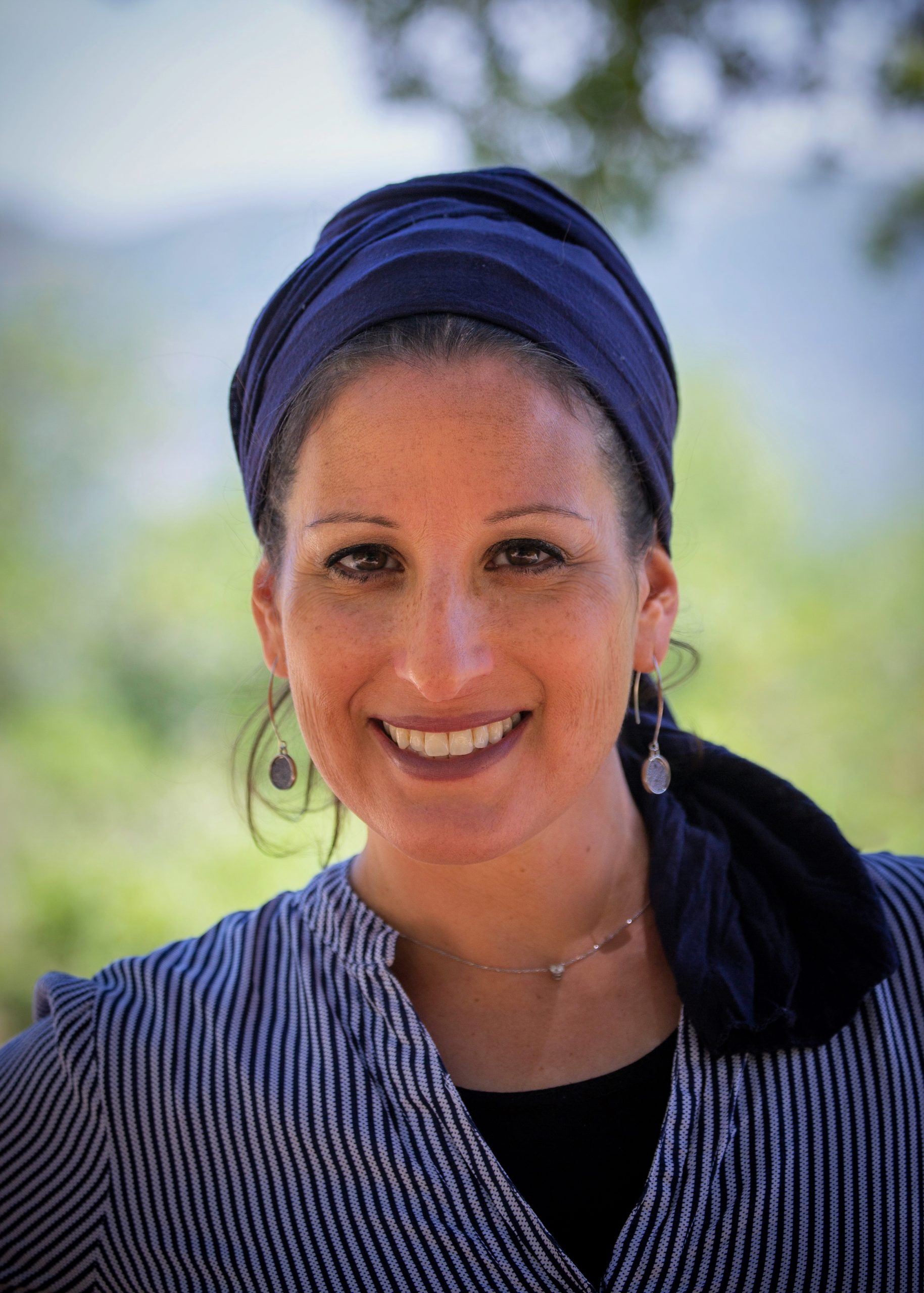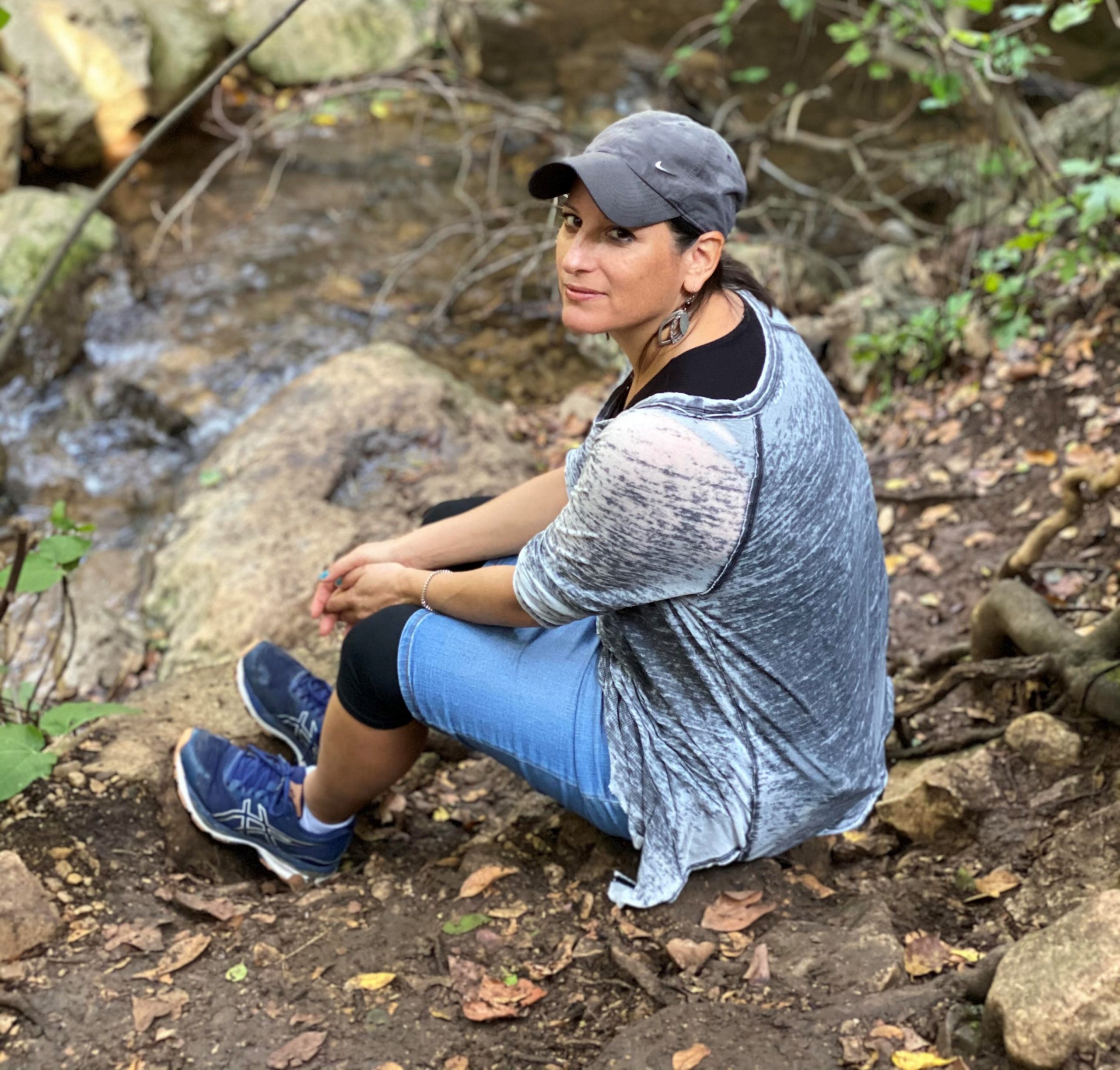With Wisdom She Builds Her House
An interview with Shoshanna Keats Jaskoll
By Penina Taylor
They say that a picture is worth a thousand words, but in the Jewish world so is the lack of a picture. Although Shoshanna Keats Jaskoll is probably most well known for her organization, Chochmat Nashim’s campaign to stop the erasure of women’s pictures in the Orthodox community, she says it’s actually not about pictures at all.
Shoshanna grew up in a secular home in Lakewood, NJ – back in the days when Lakewood had a modest Orthodox community with “The Yeshiva”, but had a sizable non-Orthodox population as well. And although her family was not religious, she went to an Orthodox day school and had a Torah-based education. As a result, Shoshanna became religious and has a very strong relationship with God and Torah. In fact, she thanks God that she grew up when she did because she feels that had she grown up today, given where “Orthodoxy” is, there is a good chance she would have left Judaism. She credits the upbringing she had with giving her an understanding that there is beauty and joy in Judaism. It’s that picture of Judaism that she works to get back to as she fights against the extremism that seems to have taken over the Orthodox world.
When asked what the catalyst was for starting Chochmat Nashim, Shoshanna recalls that not long after making aliyah to Beit Shemesh in 2007, she began to notice that pictures of women and girls were disappearing from magazines and circulars in the community. And then one day, her daughters came home from school and told her that they had been told to sit in the back of the bus because that’s where girls belong. Shocked at what she was seeing happening in her community, she began writing about it for The Times of Israel news site/blog. People all over Israel began contacting her because they identified with what she was writing and had also noticed this increase in extremism in their own communities. It wasn’t just a lack of women’s images. In Beit Shemesh specifically, there were conflicts breaking out between Ultra-Orthodox and Modern Orthodox, with schoolgirls being spat upon while walking home from school and signs being put up all over town not only admonishing women to dress modestly, but forbidding them entry into some stores if they did not comply.
She ended up participating in a group with six other women who felt like something needed to be done to fight this growing situation. Over the next four years, they volunteered their talents: writing, speaking, and trying to make a difference. At the time almost everything in the Jewish community was being produced by men – men’s voices, men’s opinions, men’s perspective. Even though half of the Jewish world is female, there was very little publicly available from the women’s perspective. Their goal was to change that dynamic.
Why does that matter? Shoshanna explains that in general, men and women experience life differently, and even more so in the Jewish world. Women experience Judaism very differently from the way men experience Judaism, and when it is only the men who are making policy in the community, women are affected by these policies but have no influence over what is actually being decided. During those four years, this group of women was being contacted by men and women from all over the world (not only Israel) who were seeing this problem escalating and had no clue what could be done. It was suggested that these ladies start an NGO to address the problem in an official capacity. Three of the seven women were able to work on moving the project forward and, as a result, Chochmat Nashim was born.
Chochmat Nashim isn’t about creating a revolution, although to some this may seem revolutionary. Their whole mission is to create a healthy Jewish community where women are seen and heard.
One of the projects that Chochmat Nashim is known for is their Breast Cancer Awareness campaign. In general, Ultra-Orthodox women develop breast cancer less often than their secular counterparts, in part due to community lifestyle norms (according to the website breastcancer.org, childbearing and breastfeeding lower the odds of developing breast cancer). And yet, according to Shoshanna, when they do contract the disease, they are more likely to die from it – up to 30% more likely.
One day Shoshanna received a phone call from a woman in the Ultra-Orthodox community asking her for help. She said, “I need you to help me keep my friends from dying.” Shoshanna thought she had dialed the wrong number, but then the woman explained that she needed help raising funds to create a campaign to raise awareness about breast cancer because no one in the community knows about it – they don’t talk about it, they don’t know about screening, they don’t know about the signs of it, and they don’t know what to do if they have it. In the Ultra-Orthodox world, it is considered immodest to even mention breasts or breast health. For this woman, the straw that broke the camel’s back was losing a 34-year-old neighbor who died of breast cancer without even knowing she had it, leaving behind a husband and three young children. In the rest of the world, we have at least a cursory awareness of what breast cancer is, and know that if we feel a lump we should talk to our doctor. Many in the Ultra-Orthodox world don’t even know this is something to be on the lookout for.
So Chochmat Nashim agreed to take on the project and they created billboards and posters to put up around the Ultra-Orthodox community, using language that would not be upsetting to the community, but that explained the importance of mammograms. They did this for three years, receiving approximately 750 phone calls during that time from men and women asking for more information. In addition to getting important Rabbis to write letters about the importance of testing, their campaign eventually spurred the local HMOs to also run campaigns to continue to spread awareness. As a result, Shoshanna says, the gap between screening rates in the general population and the Ultra-Orthodox population is shrinking.
Shoshanna began to notice a pattern. Women aren’t being seen, they are not being heard in the rabbinic courts, they are not getting crucial health information, and she started to ask, “What is going on here?”
She noticed that when women are not seen, their voices aren’t heard, and their needs are not met. She says there is a connection between a woman being seen and being seen as a human being, a part of the community, someone with needs. When this is not happening, when she is not part of the conversation and her perspective is not being heard, this leads to financial repercussions, because she can’t advertise with her face; health repercussions, because she can’t learn about what could kill her; and her religious rights are violated because she’s not treated like a full human being in the rabbinic courts, as someone who has needs and someone who has the right to be free. And that’s why Chochmat Nashim says, “It’s not just a picture”. It’s so much more than a picture. It’s a presence.
Shoshanna explains that God created both men and women for a reason. There’s a reason for both, and a reason that we look different. Part of that reason is that we are meant to work together. When you remove that from the equation, you ruin everything that the Jewish community was designed to be. So, it’s not a picture. It’s so much more. Shoshanna points out that the community is confusing what is halacha and what is a social norm. God created halacha, humans create social norms. And she also makes the point that this is actually a relatively new phenomenon, that it’s only about 20 years old. There was a time when women’s pictures were regularly printed in Orthodox publications. And it’s taken 20 years for the community to erase women.
Shoshanna tells the story about Rav Ovadia Yosef, z”tl, who was incredulous when he found out that there were no pictures of his wife in the biography that had just been written about him. When it was explained by his students that it would be immodest to print pictures of his wife, he gasped, “What do you mean my wife is not modest?! How ridiculous, soon they’ll be putting them all in veils.”
As part of the drive to get women seen, Chochmat Nashim has recently embarked on a project to create a photo bank of modestly dressed women doing everyday things, so that there will be no excuse for publications not to print pictures of women. The severe lack of modestly dressed and clearly Jewish women in the currently available photo banks makes it difficult for Jewish media outlets that rely on stock photos for both their features and ads.
But creating a photo bank is a huge and expensive project, so Shoshanna decided to see if they could get volunteers to participate in the project – both photographers and models, as well as make-up artists. She decided to put up a poster and see what happened. If it worked amazing, and if it didn’t, it didn’t.Two days after putting up that poster they had 200 volunteers – make-up artists, professional photographers, men, women, and children all showed up to make it happen. It’s being called the Jewish Life Photobank, and the reason for the name is that she wants to make it understood that women are a normal part of Jewish life. There is nothing shameful about being a woman, nothing to hide.
“It is not okay to shame a woman for being born a woman, for having a woman’s body. It’s so horrific, what is being done to girls in the name of ‘Torah’ that it physically makes me sick to know that Torah is being equated with shame. This is not what Judaism is about.”
The Jewish Life Photobank has literally thousands of pictures that are currently being tagged and the hope is to have it up and running in a few weeks. It will be available by subscription to any company or organization that needs high-quality images of Jewish life that include women.
With all that on her plate, you might think that she works around the clock. While that might be close to accurate, Shoshanna does enjoy spending time off with her family and traveling around Israel. She loves going to the beach and going on hikes and just generally being outdoors in Israel – “It’s the only thing that keeps me sane,” she says.



